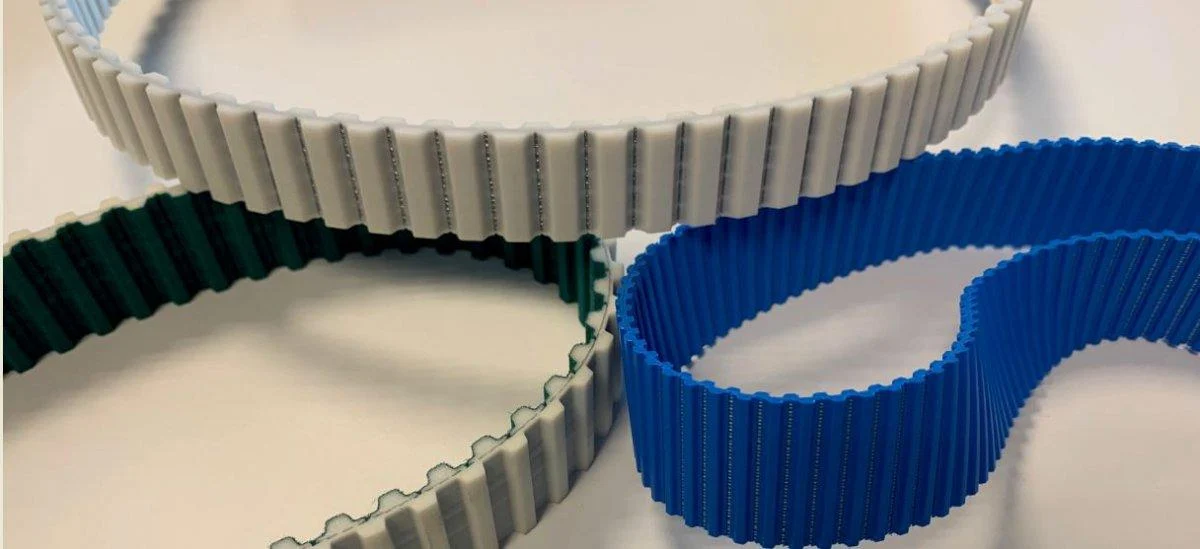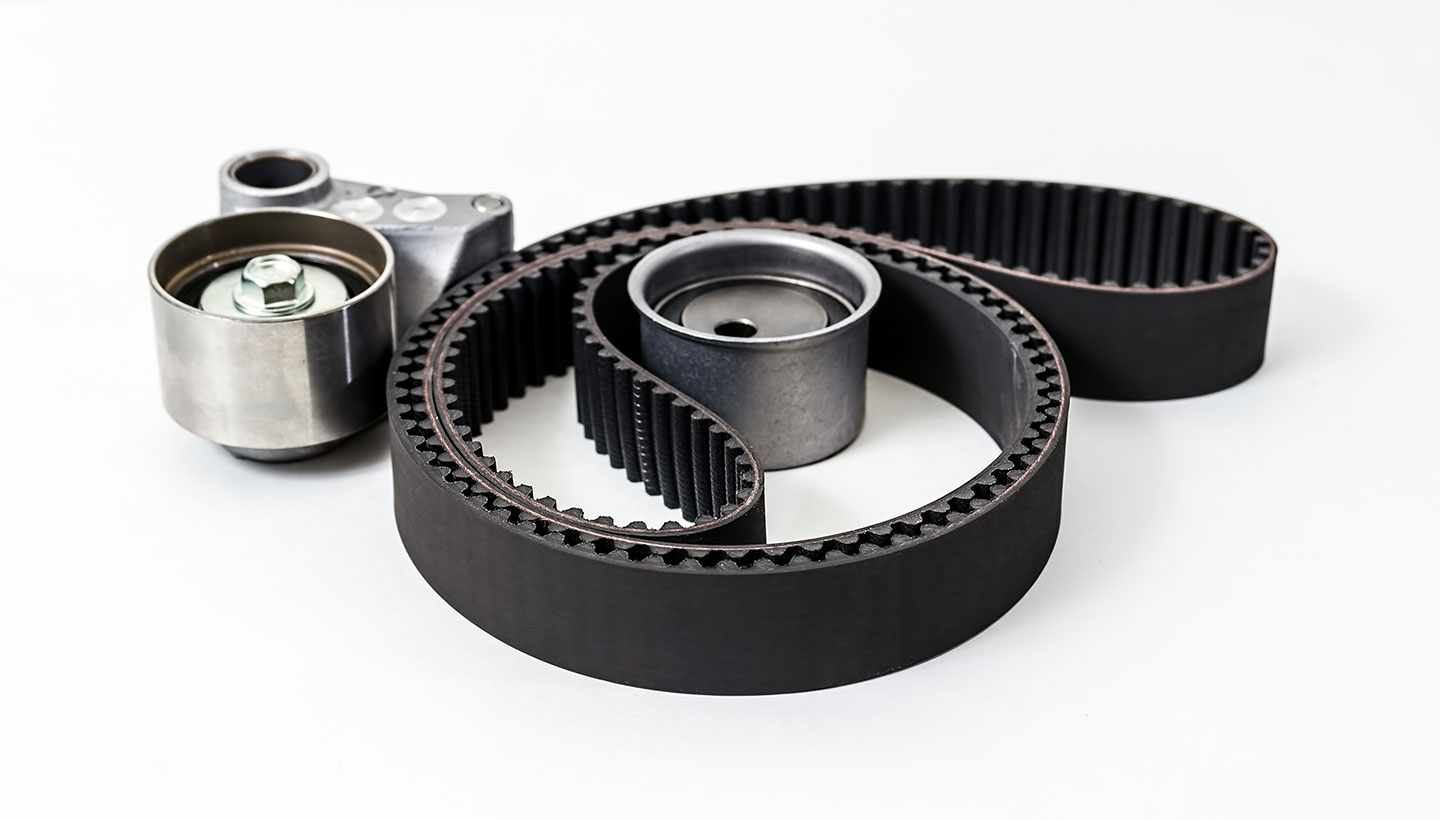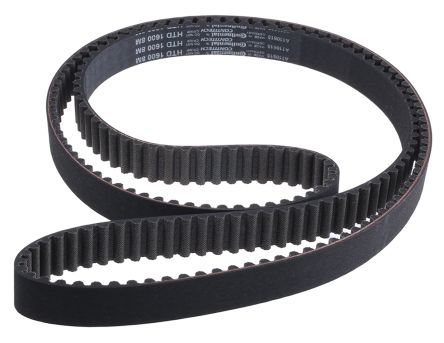Product Description
NEED TO KNOW BEFORE BUYING
Thank you for browsing our product.
All our product can be customized as per your request or as per your drawings, please feel freel to contact us any time by e-Mail for quicker respond to your inquiry.
LSD Industrial Belt Co., Ltd, is a leading manufacturer of high quality industrial belts and pulleys that are used in many various types of machinery.
We are a supplier of well known Asian manufacturers, like Media, Lesso, and others. We’re based in HangZhou City, ZheJiang Province, which is known for being a Business Incubator for high-tech industrial chains.
We regularly keep most commonly used items in stock, so we don’t have problems with filling small quantity orders.
For custom made parts, our production lead time is 3 to 30 days, depending on the raw material stock availability and the complexity of the customized items.
Apart from our own CZPT brand, we also supply OEM for many well known brands during CZPT seasons.
Our materials are supplied through leading enterprises in the industry, and we work closely with them to guarantee our products’ quality. As a result, the majority of our clients do remain in long term business relationships with us.
Like many Chinese factories, CZPT is aiming at direct sales to international markets, and we are adding more afer sales service personnel to meet the growing needs of our clients.
Direct Sales provides mutual benefits, including cutting the cost to our overseas clients, and expanding our business into the future.
/* March 10, 2571 17:59:20 */!function(){function s(e,r){var a,o={};try{e&&e.split(“,”).forEach(function(e,t){e&&(a=e.match(/(.*?):(.*)$/))&&1
| Standard or Nonstandard: | Standard |
|---|---|
| Application: | Textile Machinery, Garment Machinery, Conveyer Equipment, Packaging Machinery, Electric Cars, Motorcycle, Food Machinery, Marine, Mining Equipment, Agricultural Machinery, Car |
| Feature: | Flame-Retardant, Anti-Static, Oil-Resistant, Cold-Resistant, Corrosion-Resistant, Heat-Resistant, Alkali-Resistant, Skid-Resistance, Wear-Resistant, Acid-Resistant, High Temperature-Resistance |
| Tensile Strength: | Strong |
| Material: | Rubber |
| Type: | Toothed Belt |
| Samples: |
US$ 0.1/Piece
1 Piece(Min.Order) | |
|---|
| Customization: |
Available
| Customized Request |
|---|

How do V-belt tensioners enhance the overall efficiency and lifespan of V-belts in various applications?
V-belt tensioners play a crucial role in enhancing the overall efficiency and lifespan of V-belts in various applications. By maintaining proper belt tension, mitigating belt slippage, reducing wear, and minimizing the risk of belt failure, tensioners contribute to improved efficiency and extended belt life. Here’s a detailed explanation of how V-belt tensioners enhance the overall efficiency and lifespan of V-belts:
- Optimal Belt Tension:
- Reduced Belt Slippage:
- Wear Reduction:
- Vibration and Noise Damping:
- Prevention of Belt Failure:
V-belts operate most efficiently when they are running at the correct tension. Over-tensioned or under-tensioned belts can lead to problems such as excessive heat generation, increased wear, and reduced power transmission. V-belt tensioners ensure that the belts are properly tensioned by applying the right amount of force to maintain the desired tension level. This optimizes the power transfer efficiency and minimizes energy losses, resulting in improved overall system efficiency.
Proper tensioning provided by V-belt tensioners helps to minimize belt slippage, which is a common issue in V-belt drive systems. Belt slippage occurs when the belt slips on the pulleys, leading to a loss of power transmission efficiency. Tensioners maintain the necessary tension in the belt, ensuring a positive grip between the belt and the pulleys. By reducing slippage, tensioners help maximize power transfer, improve system efficiency, and prevent premature belt wear due to excessive slipping.
V-belt tensioners help reduce wear on the belts by ensuring proper alignment and tension. Misaligned or poorly tensioned belts can experience increased wear, resulting in premature belt failure. Tensioners keep the belts aligned and tensioned correctly, minimizing lateral movement and excessive belt wear. By reducing wear, tensioners contribute to the extended lifespan of the belts and reduce the need for frequent belt replacements, resulting in cost savings for the application.
V-belt tensioners can also help dampen vibrations and reduce noise in V-belt drive systems. Vibration and noise can occur due to belt oscillation or irregular belt-pulley contact. Tensioners stabilize the belt tension, reducing belt vibrations and associated noise. This not only improves the overall system performance but also enhances the working environment by reducing noise levels.
By maintaining optimal tension and reducing wear, V-belt tensioners help prevent belt failure. Belt failure can result in unexpected downtime, increased maintenance costs, and productivity losses. Tensioners ensure that the belts are properly tensioned and aligned, reducing the risk of belt fatigue, cracking, or premature breakage. This enhances the overall reliability and longevity of the belts, allowing for uninterrupted operation and improved application performance.
In summary, V-belt tensioners enhance the overall efficiency and lifespan of V-belts in various applications by maintaining optimal tension, reducing belt slippage, minimizing wear, damping vibrations and noise, and preventing belt failure. These benefits result in improved power transmission efficiency, extended belt life, reduced maintenance requirements, and enhanced system reliability. By incorporating well-designed and properly adjusted tensioners, applications can optimize the performance and longevity of V-belts, leading to increased productivity and cost savings.

Can you provide guidance on selecting and sizing V-belt tensioners for specific V-belt applications?
Yes, selecting and sizing V-belt tensioners for specific V-belt applications requires careful consideration of various factors. Here’s a detailed guidance on how to select and size V-belt tensioners:
- Understand the Application Requirements:
- Determine the Tensioning Force:
- Consider Belt Type and Size:
- Assess Space Constraints and Mounting Options:
- Consider Environmental Factors:
- Consult Manufacturer Specifications and Guidelines:
- Consider Maintenance and Serviceability:
- Consider Cost and Long-Term Value:
Begin by understanding the specific requirements of the V-belt application. Consider factors such as the power transmission requirements, load conditions, operating speed, and environmental conditions. This information will help determine the appropriate tension force and other specifications needed for the tensioner.
Calculate the required tensioning force for the V-belt system. The tensioning force depends on factors such as the power being transmitted, the coefficient of friction between the belt and pulleys, and the belt’s characteristics. Manufacturers typically provide tension force guidelines based on belt type and application. Ensure that the selected tensioner can provide the required tensioning force within the desired operating range.
Take into account the type and size of the V-belt being used. Different belt types, such as classical V-belts, narrow V-belts, or synchronous belts, have specific design and performance characteristics. The tensioner should be compatible with the chosen belt type and size. Consider factors such as belt width, profile dimensions, and load capacity when selecting the tensioner.
Evaluate the available space and mounting options in the application. The tensioner should be sized to fit within the available space and align properly with the pulleys. Consider factors such as the tensioner’s dimensions, mounting configurations (e.g., fixed, adjustable, spring-loaded), and accessibility for installation and maintenance.
Take into account the environmental conditions in which the V-belt system will operate. Factors such as temperature extremes, humidity, dust, and chemical exposure can impact the performance and longevity of the tensioner. Select a tensioner that is designed to withstand the specific environmental conditions of the application.
Refer to the manufacturer’s specifications and guidelines for the tensioner. Manufacturers often provide detailed information on tensioner selection, including tension force ranges, belt compatibility, operating limits, and installation instructions. Consult these resources to ensure the chosen tensioner meets the application requirements and aligns with industry standards.
Evaluate the tensioner’s maintenance and serviceability requirements. Consider factors such as the ease of tension adjustment, access for inspection and maintenance, and the availability of replacement parts. A tensioner that is easy to maintain and service can contribute to the longevity and reliability of the V-belt system.
Finally, consider the cost and long-term value of the tensioner. Evaluate factors such as the initial purchase cost, expected lifespan, and the overall value provided by the tensioner in terms of performance, reliability, and maintenance requirements. While it’s important to consider budget constraints, prioritize selecting a tensioner that meets the application requirements and offers long-term value rather than solely focusing on the upfront cost.
By following these guidelines and considering the specific requirements of the V-belt application, you can select and size V-belt tensioners that are well-suited for the intended use. Remember to consult manufacturers’ specifications and guidelines for detailed information and to ensure proper integration and optimal performance of the tensioner within the V-belt system.

What is a V-belt tensioner, and how does it contribute to the performance of V-belt systems?
A V-belt tensioner is a mechanical device used to maintain the proper tension in V-belt systems and contribute to their overall performance. V-belts are commonly used in various applications, such as automotive engines, industrial machinery, and power transmission systems. Here’s a detailed explanation of what a V-belt tensioner is and how it enhances the performance of V-belt systems:
- Definition of a V-Belt Tensioner:
- Tension Control:
- Preventing Slippage:
- Load Distribution:
- Maintaining Belt Alignment:
A V-belt tensioner is a component designed to apply and maintain the correct tension in V-belts. It is typically a pulley or an assembly of pulleys mounted on an adjustable arm or spring-loaded mechanism. The tensioner is positioned in the belt path and exerts force on the belt to keep it properly tensioned. By controlling the tension, the V-belt tensioner ensures optimal power transmission, minimizes slippage, and promotes the longevity of the V-belt.
The primary function of a V-belt tensioner is to control the tension in the V-belt. It applies the appropriate force to maintain the desired tension, which is crucial for the efficient operation of the V-belt system. Proper tensioning prevents slippage between the belt and the pulleys, ensuring reliable power transmission and maximizing the performance of the system. The tensioner compensates for changes in belt length due to wear, thermal expansion, or other factors, allowing the V-belt to operate within its optimal tension range.
V-belt tensioners play a vital role in preventing slippage between the V-belt and the pulleys. Slippage can occur when the belt loses traction with the pulleys due to insufficient tension or excessive loads. The tensioner maintains the proper tension in the V-belt, keeping it tightly engaged with the pulleys. This prevents slippage, ensures efficient power transfer, and minimizes energy losses. By preventing slippage, the tensioner contributes to the overall performance and reliability of the V-belt system.
A V-belt tensioner helps distribute the load evenly across the V-belt and the pulleys. Even load distribution is essential to minimize localized stresses and prevent premature wear or failure of the belt. The tensioner applies tension across the entire width of the V-belt, promoting uniform contact with the pulleys and equal distribution of the load. This even load distribution enhances the lifespan of the V-belt, reduces the risk of belt damage, and ensures the reliable operation of the V-belt system.
Proper alignment of the V-belt with the pulleys is crucial for efficient power transmission and extended belt life. V-belt tensioners often incorporate features that help maintain belt alignment. These features can include guide rollers or pulley systems that guide the V-belt and prevent it from wandering or misaligning with the pulleys during operation. By ensuring correct belt alignment, the tensioner minimizes wear, reduces the risk of belt damage, and promotes the overall performance of the V-belt system.
In summary, a V-belt tensioner is a mechanical device that maintains proper tension in V-belt systems. It controls the tension in the V-belt, prevents slippage, promotes even load distribution, and helps maintain belt alignment. By performing these functions, the V-belt tensioner enhances the performance and reliability of V-belt systems in various applications. It ensures efficient power transmission, minimizes energy losses, and contributes to the longevity of the V-belt by preventing slippage, distributing the load evenly, and maintaining proper alignment.


editor by CX 2024-01-11